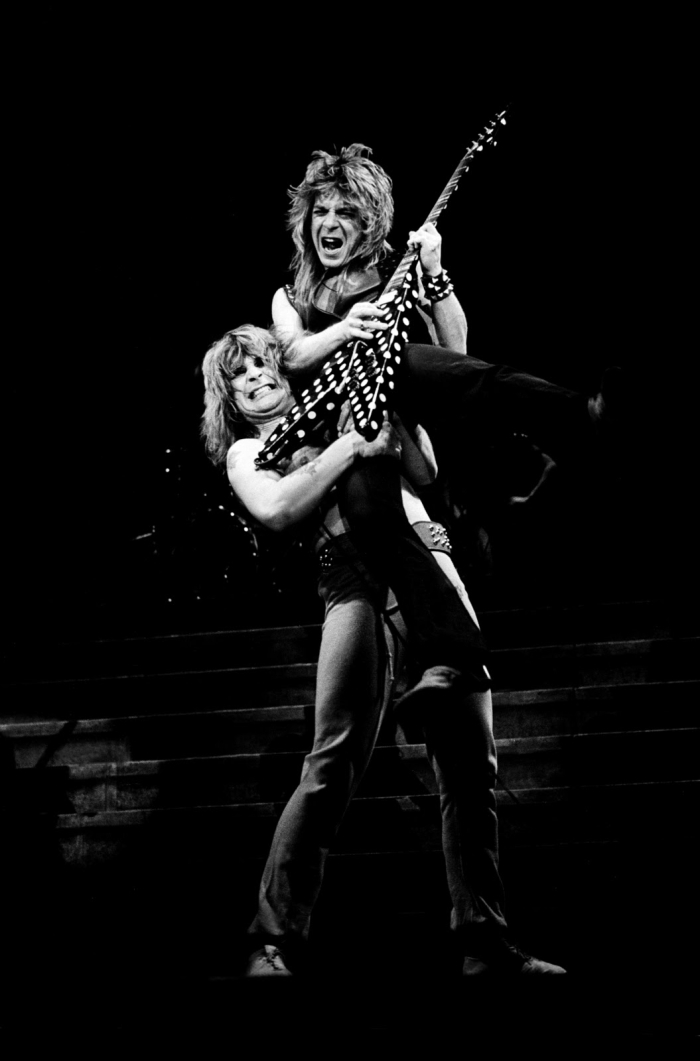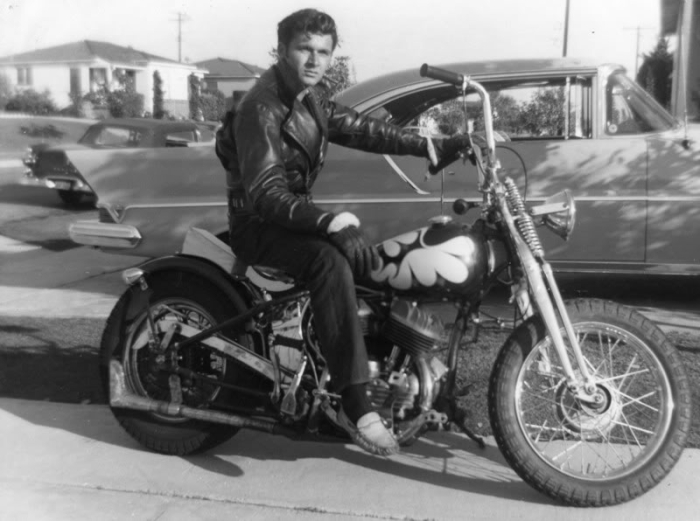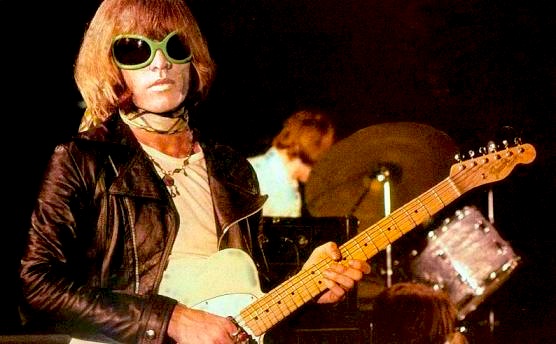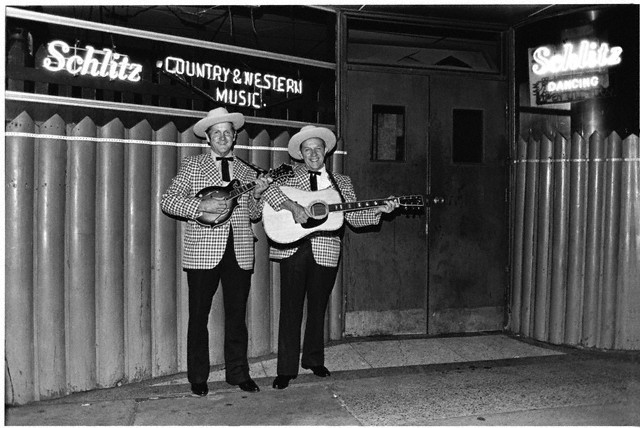Whenever I hear ‘Crazy Train’ I’m immediately transported back to 8th grade Guitar class. One dude will forever be etched in my mind. Dave was 1/2 Japanese, all of about 5 ft tall, and probably weighed 80 lbs soaking wet, if that. His hair, alone worthy of open adoration, making up the bulk of his weight and height. This ‘Metal Mane’ was streaked, sprayed, and stood a good 6 inches above his head, cascading down to the middle of his back in perfectly teased strands. My 13 yr old brain could not fathom the ridiculous routine and expense this must have required. But damn if he didn’t more the rockstar part than 90% of the bands on the cover Cream and Hit Parader magazine. His bare arms were like sinewy, wire pipe cleaners. And I’d never seen jeans that tight in my life. Not even on a girl. No sir. I don’t know where the hell he found them, or how he breathed. The entire situation was delicately perched upon tiny black (or white) Capezio, soft-as-hell-leather lace-up dance shoes. Boom. Mind blown. Only a handful of dudes had the nuts to wear these. Dave’s look was definitely balls-out for West Phoenix. But nobody questioned him, because Dave was the reigning guitar badass. While the rest of us fumbled through the opening of ‘Stairway to Heaven’, Dave was staring at the ceiling tiles, biting his lip, soloing like the Segovia of Heavy Metal.
Dave even brought his own guitar to class. Lugged it around in a case thicker than him, covered in cool stickers. Rather that than play the nylon-strung acoustic beaters they had in class. I don’t remember what kind of acoustic it was, but the strings (always Dean Markley) were so light that you could hardly see them, let alone feel them. You had to lean in to hear a damn thing, but it was worth it. And the action was set so low that you could run scales faster than a hot knife through butter. But if you strummed it would buzz like crazy. No worries. No one was strumming shit. Everyone was shredding– with varying degrees of success. Dave was a Rock God in the making, and everyone at Maryvale High School seemed to sense it. Dave was into the hot, new Japanese Metal bands that no one else even heard of. And he spoke of Yngvie, Eddie, and Randy in hushed whispers like they were comrades. Knew all their solos and tricks, and could perform them on cue. Eruption, Spanish Fly, Dee, and of course, Crazy Train were all in his finely honed repertoire. We moved from Phoenix to Tempe that year, and I changed schools, so I don’t really know whatever became of Dave. But my fascination with the marvel and mystery of Randy Rhoads was firmly cemented. No head-banging hooligan. A sensitive, immensely talented man taken too soon.
Ozzy Osbourne & Randy Rhoads playing that epic polka dot Flying V! — photo by © Paul Natkin
“I never really got into Black Sabbath when I was in England. Right? And then Ozzy came out with this great first album, you know, it really was good. And we got to see them play after that, like almost every night. And so, Randy Rhoads, although being a wonderful guitar player, could not play Asteroids for shit. I beat him right across this country. From East coast, to West and back.
Randy Rhoads was like just, brilliant. You know, I mean of course he got better after he died. You know, because everybody does. Right? But uh, I loved Randy, yeah. He took risks. He wasn’t scared, you know. I mean, he knew his instrument, you know? So he’d just go for it. That’s what I used to like about him. And you could…like, Ozzy used to just throw him around, throw him up on his shoulders while he was playing. And he never missed a note.”
–Lemmy from Motorhead



















